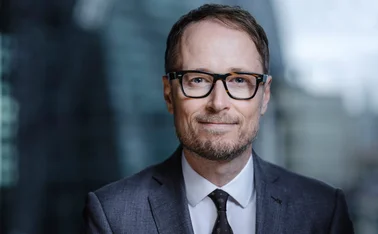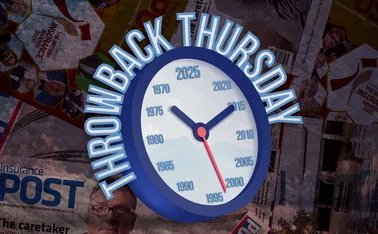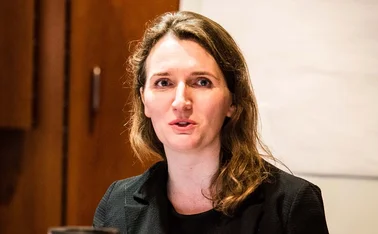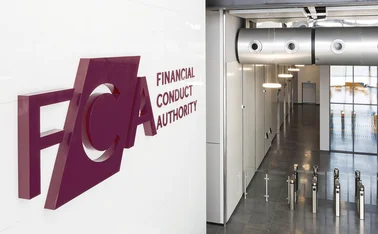
Roundtable: What’s next for the modernisation of Lloyd’s and the London market?
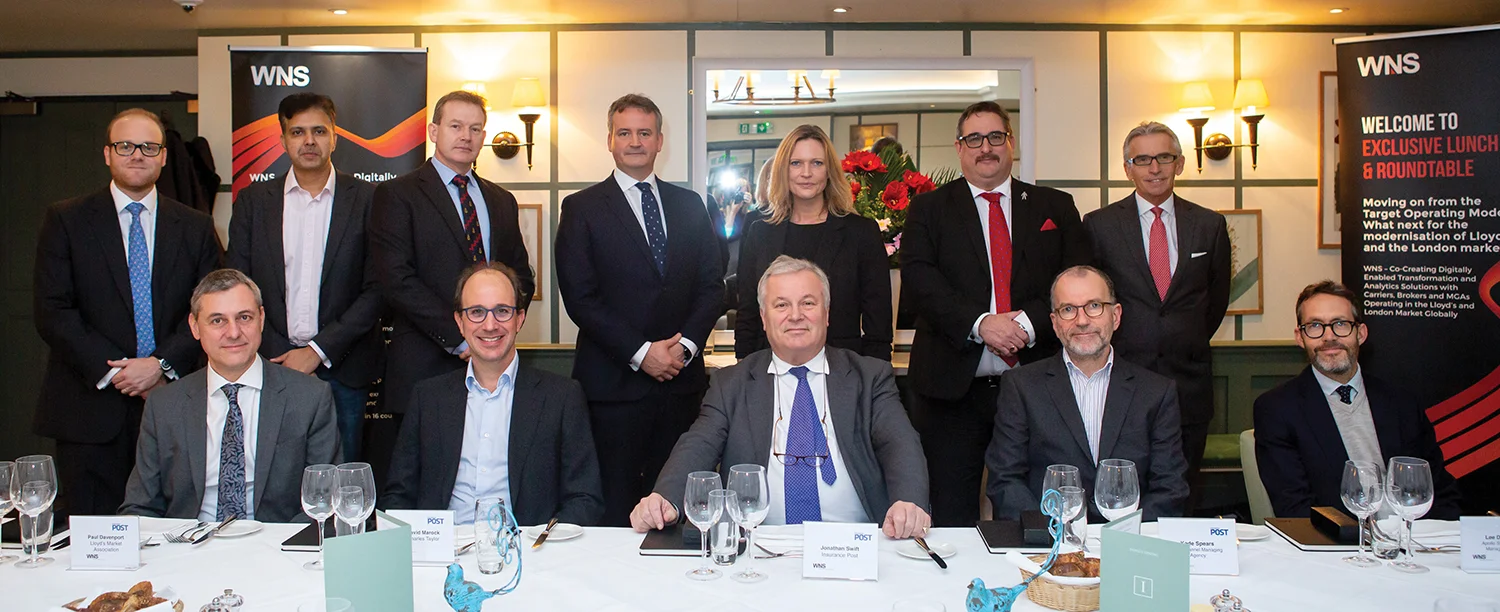
Against a background of the winding down of the Target Operating Model and the publication of the Future of Lloyd’s Blueprint, Post, in conjuction with WNS, invited industry experts to discuss the six suggested proposals to modernise the market. Post asked the attendees what could work and what lessons need to be learned from the past when creating the future
How do you see the transition to the complex risk platform, as part of the Lloyd’s Blueprint One, working?John Muir: From a broker standpoint, the whole complex risk strategy sounds to us a sensible
Only users who have a paid subscription or are part of a corporate subscription are able to print or copy content.
To access these options, along with all other subscription benefits, please contact info@postonline.co.uk or view our subscription options here: https://subscriptions.postonline.co.uk/subscribe
You are currently unable to print this content. Please contact info@postonline.co.uk to find out more.
You are currently unable to copy this content. Please contact info@postonline.co.uk to find out more.
Copyright Infopro Digital Limited. All rights reserved.
As outlined in our terms and conditions, https://www.infopro-digital.com/terms-and-conditions/subscriptions/ (point 2.4), printing is limited to a single copy.
If you would like to purchase additional rights please email info@postonline.co.uk
Copyright Infopro Digital Limited. All rights reserved.
You may share this content using our article tools. As outlined in our terms and conditions, https://www.infopro-digital.com/terms-and-conditions/subscriptions/ (clause 2.4), an Authorised User may only make one copy of the materials for their own personal use. You must also comply with the restrictions in clause 2.5.
If you would like to purchase additional rights please email info@postonline.co.uk




